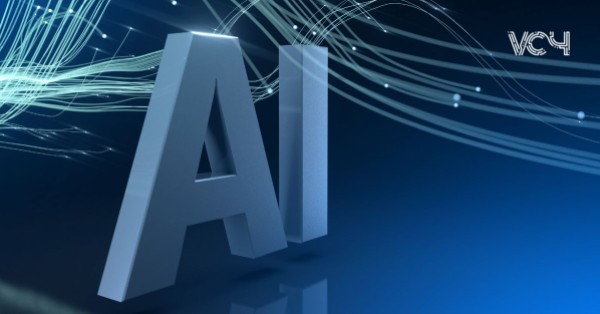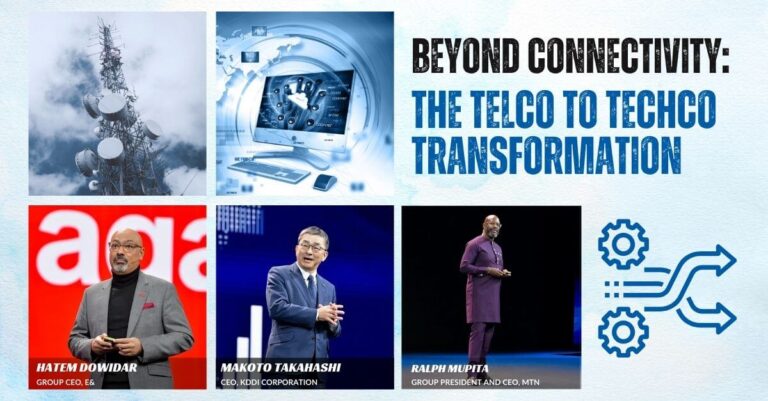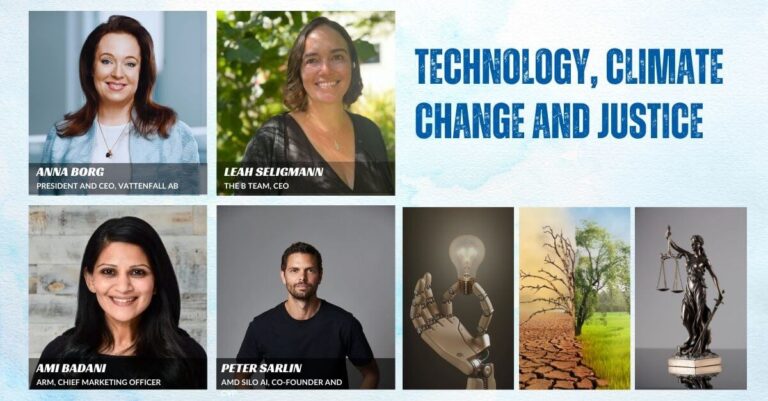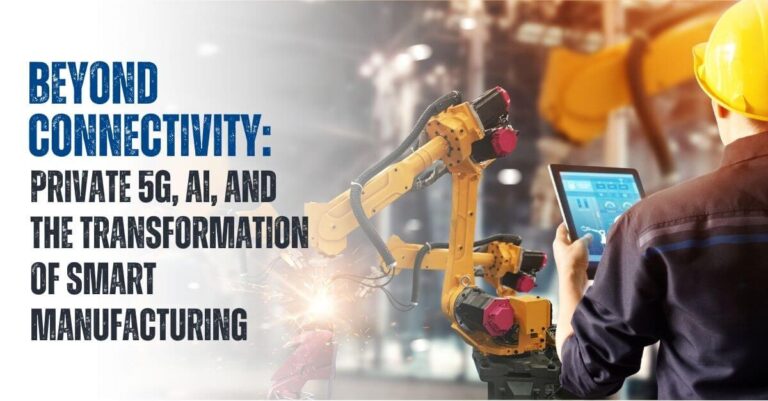The global energy landscape is undergoing a seismic shift. As fossil fuel reserves dwindle and climate change accelerates, the race to adopt sustainable energy solutions has never been more urgent. Enter metal-air batteries—a technology poised to redefine energy storage and electrify industries from transportation to aerospace The global industry was valued at US$ 576.5 Million in 2023, It is estimated to advance at a CAGR of 12.4% from 2024 to 2034 and reach US$ 2.1 Billon by the end of 2034. This editorial explores the drivers, innovations, and regional dynamics fuelling this transformation, offering insights into why metal-air batteries are the linchpin of tomorrow’s clean energy economy.
The Imperative for Metal-Air Batteries
- Depleting Fossil Fuels and Surging Energy Demand
Fossil fuels, the backbone of industrialization for over a century, are nearing exhaustion. At current consumption rates, experts predict reserves could vanish by 2060. Meanwhile, rapid urbanization, population growth, and industrialization are driving energy demand to unprecedented levels. Metal-air batteries, with their 5–30x higher energy density than lithium-ion counterparts, offer a lifeline. These batteries use abundant metals like zinc, aluminum, and iron, making them cost-effective and scalable alternatives to finite fossil fuels.
- Climate Crisis and the Push for Sustainability
Global CO2 emissions hit a record 36.8 gigatons in 2022, with energy production accounting for 73% of greenhouse gases. Governments and corporations are under immense pressure to decarbonize. Metal-air batteries, which produce zero emissions during operation and use recyclable materials, align perfectly with sustainability goals. Their ability to store renewable energy (e.g., solar and wind) addresses the intermittency challenge, enabling round-the-clock clean power.
How Metal-Air Batteries Work: A Technical Breakdown
Metal-air batteries operate via an electrochemical reaction between a metal anode (e.g., lithium, zinc) and oxygen from the air (cathode). During discharge, oxygen reacts with the metal to generate electricity, producing metal oxide as a byproduct. Recharging reverses this reaction. Key variants include:
- Zinc-Air Batteries (ZABs): Low-cost, safe, and ideal for grid storage.
- Lithium-Air Batteries (LABs): Ultra-high energy density, targeting EVs.
- Aluminum-Air Batteries (AABs): Lightweight and used in aerospace.
- Iron-Air Batteries (IABs): Long-duration storage (up to 100 hours).
Market Drivers: Why Metal-Air Batteries Are Gaining Traction
- Electric Vehicle (EV) Revolution
EV adoption is surging globally, with China leading the charge—1.9 million EVs were sold in Q1 2024 alone. However, lithium-ion batteries face limitations: high cost, limited range, and resource scarcity. Metal-air batteries, particularly lithium-air and aluminum-air, promise lighter weight, longer ranges (>1,000 km), and faster refueling. Companies like Phinergy are partnering with automakers to integrate these batteries into next-gen EVs.
- Grid-Scale Energy Storage
Renewables now supply 30% of global electricity, but storage remains a bottleneck. Iron-air batteries, such as those developed by Form Energy, can discharge power for 100 hours—ideal for stabilizing grids during outages or low-generation periods. California’s $30 million grant to Form Energy underscores the technology’s potential.
- Military and Aerospace Applications
From unmanned drones to satellite systems, metal-air batteries offer high energy density and reliability in extreme conditions. The U.S. Department of Defense is investing heavily in magnesium-air batteries for portable power solutions.
Regional Spotlight: Asia Pacific Dominates, North America Innovates
Asia Pacific: The EV Powerhouse
Asia Pacific held the largest market share (45%) in 2023, driven by China’s EV boom and India’s clean energy push. In 2022, Hindalco Industries partnered with Israel’s Phinergy to pilot aluminum-air battery production, leveraging India’s vast aluminum reserves. Japan’s Fuji Pigment Co. is advancing zinc-air batteries for consumer electronics.
North America: Pioneering Long-Duration Storage
The U.S. is betting on iron-air batteries to achieve its 2035 carbon-free grid target. Startups like NantWorks and Sion Power are securing funding to commercialize lab breakthroughs.
Key Players and Innovations
The competitive landscape is marked by R&D partnerships and breakthroughs:
- Phinergy & Indian Oil Corporation: Scaling aluminum-air batteries for EVs.
- AZUL Energy: Developed a rare-metal-free, water-activated magnesium-air battery using paper (2024).
- Log9 Materials (India): Focused on zinc-air batteries for tropical climates.
Challenges and the Road Ahead
Despite their promise, metal-air batteries face hurdles:
- Technical Barriers: Dendrite formation, electrolyte degradation, and limited rechargeability (e.g., aluminum-air batteries are typically single-use).
- Recycling Infrastructure: Efficient recovery of metals like lithium remains underdeveloped.
- Regulatory Hurdles: Standardizing safety protocols across regions is critical.
Market Segmentation (2024–2034)
- By Type: Zinc-air (35% share), Lithium-air (fastest-growing).
- By Application: EVs (40%), Stationary Storage (30%).
- By Region: Asia Pacific (>50% share), North America (25%).
Conclusion: A Catalyst for the Energy Transition
The metal-air battery market isn’t just growing—it’s evolving into a cornerstone of the global energy transition. By 2034, these batteries could slash EV costs by 50%, enable 24/7 renewable grids, and reduce CO2 emissions by 1.5 gigatons annually. For policymakers, investors, and innovators, the message is clear: The future of energy is metal-air.



























